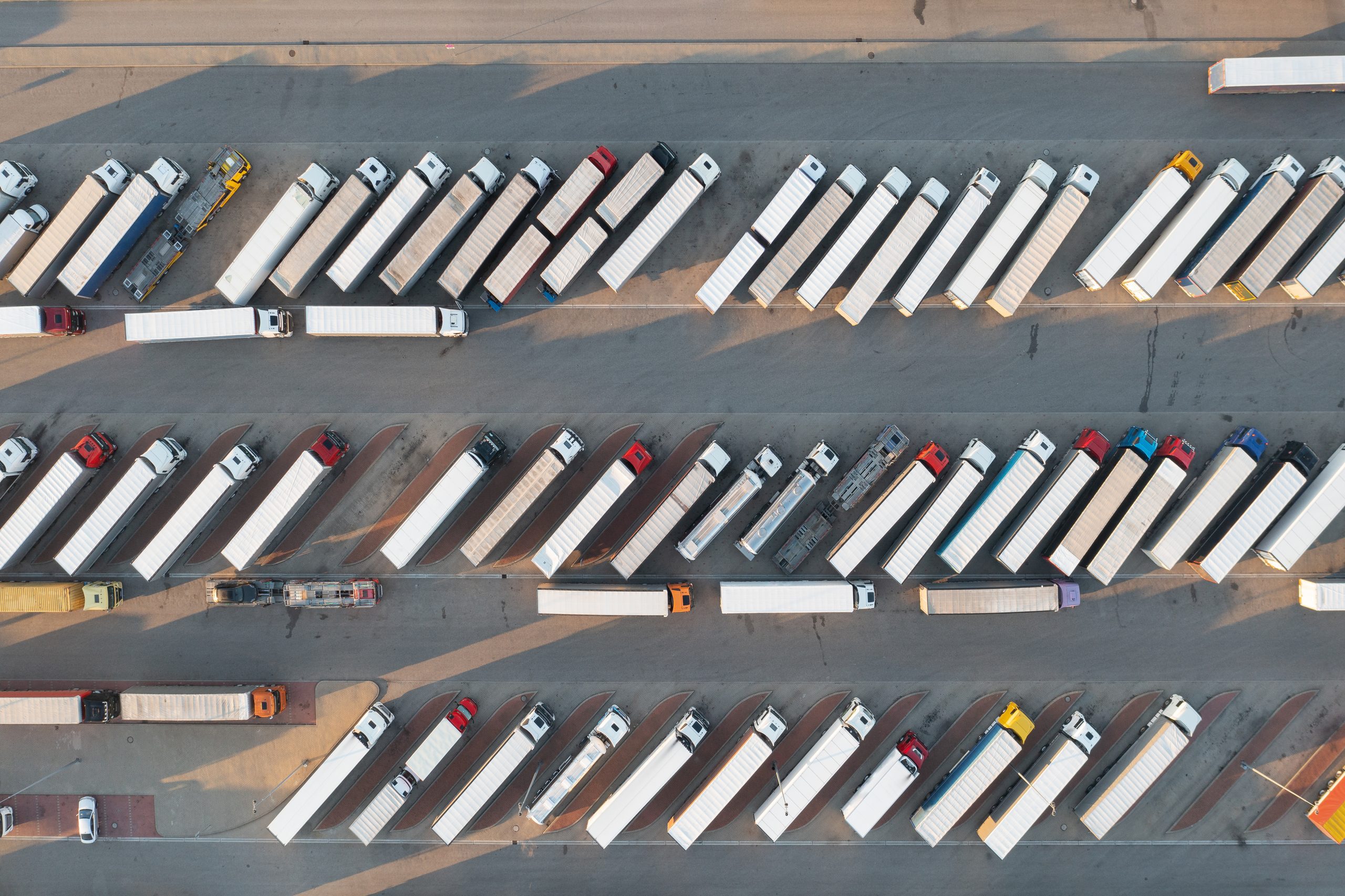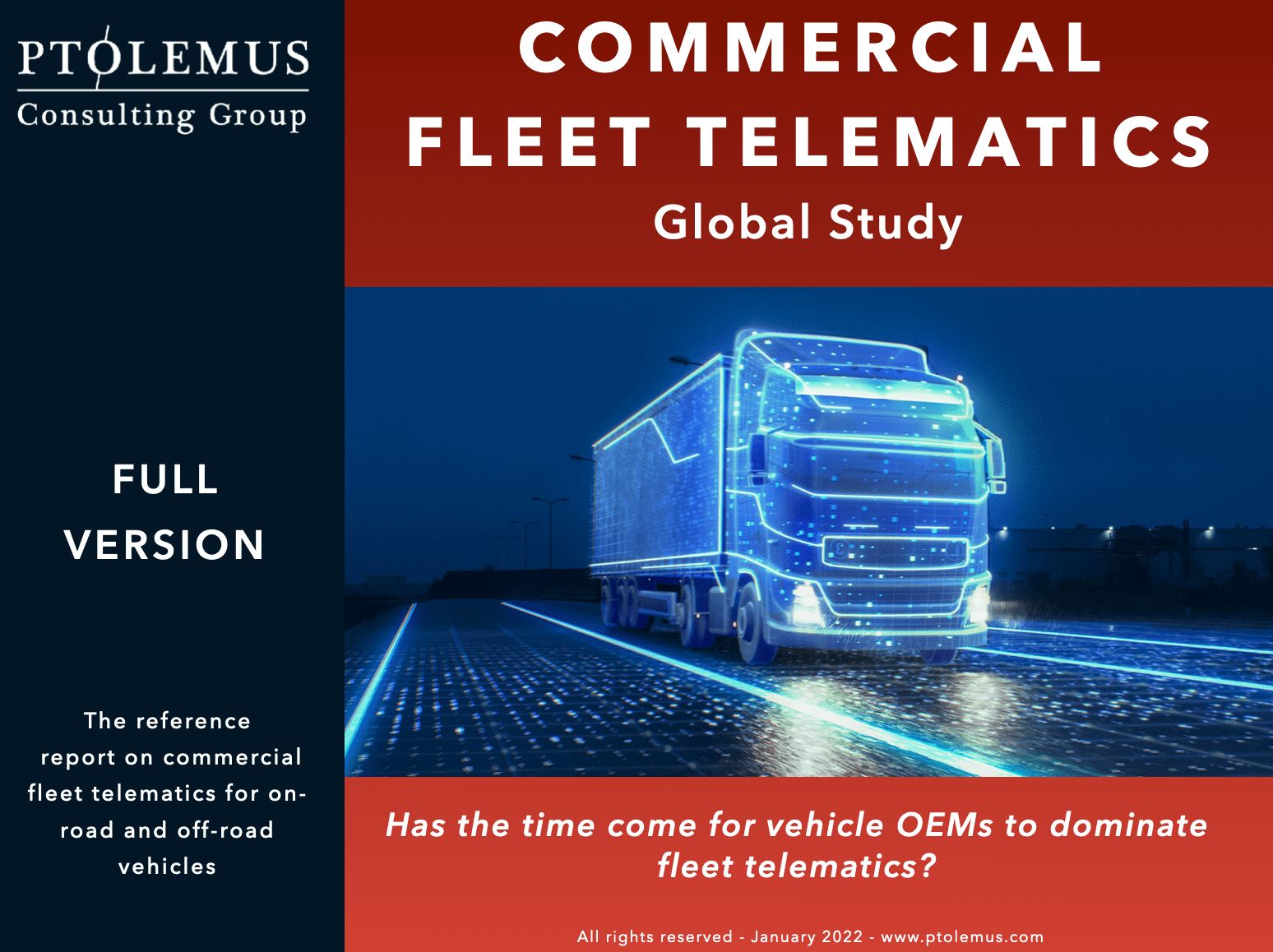How integrating payments and telematics is transforming FMS

In a time when vehicle fleets are expected to be faster, leaner, and greener, operators face increasing pressure to cut costs while improving operational efficiency. Yet the systems supporting them are often fragmented.
One of the biggest challenges is the disconnect between siloed fleet payments and telematics-based Fleet Management Systems (FMS), generally offered by different providers. While the digitisation of fleet operations has advanced considerably in recent years, the integration of financial workflows with real-time vehicle data remains underdeveloped.
Telematics data has long been the engine powering smarter fleet operations: it monitors location, driver behaviour, fuel consumption, vehicle health and route optimisation. These insights support a range of operational responses, for example, rerouting journeys to avoid traffic or reduce idling, scheduling preventative maintenance before breakdowns occur, coaching drivers to improve safety and efficiency, or identifying underperforming assets for potential replacement.
Meanwhile, payment systems —ranging from fuel cards and tolling to maintenance authorisations and insurance premiums— enable the execution of critical on-the-road transactions.
But rarely do these systems speak the same language or operate on a unified timeline.
The gap between insights and actions
Imagine this: your telematics solution flags abnormal fuel consumption patterns on specific routes or vehicles. This could be achieved by analysing vehicle fuel data in combination with location tracking and route profiles, enabling the system to detect deviations from expected consumption baselines. But reconciling this anomaly with fuel card transactions typically takes days, if not weeks. In the meantime, inefficient routes are repeated, potential fraud slips through the cracks, and cost anomalies go unaddressed. Insights remain just that, not actions.
Integrating payments with telematics allows operators to detect and address such anomalies in real time. By aligning where, when, and how vehicles are operated with how money is spent, fleets can automate reconciliation, prevent fraudulent activity, enforce policy compliance, and streamline reporting processes. This could also extend to vehicle diagnostics triggering preventative maintenance payments, or geofenced alerts validating location-based purchases instantly.
A convergence already underway
The good news? The industry is already moving in this direction.
 A number of payment solution vendors are starting to bundle services. For instance, DKV integrates tolling, fuel and parking payments; UTA Edenred offers geolocation-linked alerts for unauthorised fuel purchases; and EUROWAG provides a suite of integrated payment and fleet management tools across fuel; tolling; maintenance; parking; and even vehicle washing.
A number of payment solution vendors are starting to bundle services. For instance, DKV integrates tolling, fuel and parking payments; UTA Edenred offers geolocation-linked alerts for unauthorised fuel purchases; and EUROWAG provides a suite of integrated payment and fleet management tools across fuel; tolling; maintenance; parking; and even vehicle washing.
These examples signal a growing trend toward embedded services that offer fleets greater control and visibility, by combining vehicle tracking with transaction controls or offering integrated dashboards that merge operational and financial KPIs into a single view.
EUROWAG is a notable example of a payment-led company that has progressively integrated its services into a single, fleet-focused platform. In addition to its fuel cards, the company supports toll payments across more than 30 European countries, digital parking, truck washing, ferry bookings, and maintenance expenses. These transactions are captured in real-time and consolidated through its on-board unit, which also provides live telematics data for vehicle tracking, route planning and fuel fraud detection. EUROWAG’s platform also includes tools for tax recovery and regulatory compliance, allowing fleets to manage both mobility and financial workflows within one system. This type of integration shows what is possible when a payment provider moves beyond transactions to offer embedded operational insight.
Looking ahead, we may even see use cases like drive-thru food or coffee payments, or EV charging session initiation and validation, all handled directly via the in-vehicle interface. These evolving capabilities would further improve driver convenience, minimise downtime, and significantly expand the scope of transaction data captured by fleet platforms.
Nonetheless, most solutions today are still limited to bilateral integrations or rely on basic APIs.
To unlock the full potential of telematics-payment synergies, a more systematic and open architecture is required, one that supports interoperability, modularity, and real-time decision-making.
Building an integrated architecture
An integrated fleet payments-telematics ecosystem would rely on 3 key pillars:
- Unified data standards – Standardising how transaction data, vehicle status, and driver behaviour are captured, transmitted and stored to ensure systems can interoperate securely and reliably. While achieving full industry-wide standardisation is complex, recent efforts such as the EU’s Data Act, and EETS (European Electronic Toll Service) specifications show that regulatory and technical momentum is building. Industry collaboration around APIs, such as the Mobility Data Specification (MDS), also offers a viable path forward.
- Embedded payments – Seamless, real-time payments authorised by telematics events. These could include automatic toll payments (e.g. through EETS-compliant OBUs), scheduled maintenance bookings triggered by engine diagnostics, EV charging sessions initiated via onboard systems (as piloted by MAN SimplePay), or rest stop reservations coordinated with hours-of-service limits. While some are already live, others like automated drive-thru transactions remain exploratory but technologically feasible.
- Consolidated analytics – Unified dashboards that combine financial, operational and compliance data into one source of truth, enabling fast, data-driven decision-making across departments.
Such an ecosystem would enable a smarter, more agile fleet operation, where each vehicle becomes both a sensor and a payment node, and where human intervention is limited to exception management, not routine processing.
Implications for industry players
The convergence of telematics and payments holds powerful implications across the fleet services value chain.
For fleet Telematics Service Providers (TSPs) like Targa Telematics or Webfleet, it enables value creation beyond vehicle tracking by offering embedded financial services and creating stickier client relationships.
For payment providers, it represents a way to differentiate with contextual intelligence, allowing dynamic authorisation rules, smarter fraud detection and better spend control.
For fleet operators, this integration translates into higher transparency, lower administrative overhead, faster cost validation, and ultimately more responsive operations. It could also help in driver retention by improving on-road experiences, eliminating time-consuming reimbursements and manual logging of expenses.
However, achieving this future demands close collaboration. No single actor can build this ecosystem in isolation. Open APIs, data sharing frameworks, and standardised protocols must be co-developed.
Additionally, software platforms must move towards modularity and plug-and-play integrations to accommodate diverse fleet needs. Regulators and industry consortia will also have to play a proactive role, ensuring that privacy, cybersecurity, and financial compliance standards evolve in tandem.
The road ahead
As PTOLEMUS has consistently highlighted in its consulting and research work, the future of mobility is connected, intelligent and integrated. Just as telematics and tolling have converged in Europe, so too must payments and fleet management evolve in unison.
 The benefits of integration are no longer speculative, they are measurable and increasingly expected by fleet customers. Early adopters will benefit from better cash flow visibility, improved compliance, and enhanced customer and driver satisfaction. Vendors who delay may find themselves boxed out of a new generation of platform-first, API-native solutions.
The benefits of integration are no longer speculative, they are measurable and increasingly expected by fleet customers. Early adopters will benefit from better cash flow visibility, improved compliance, and enhanced customer and driver satisfaction. Vendors who delay may find themselves boxed out of a new generation of platform-first, API-native solutions.
In a world where margins are tight, complexity is growing, and compliance is non-negotiable, silos are a luxury fleets can no longer afford. It is time to connect the dots, and the data, between how vehicles move and how money flows. Those who do will unlock not just operational savings, but strategic advantages.
Interested in leading the integration curve? PTOLEMUS supports industry leaders in designing, evaluating and executing strategies that bring payment and telematics ecosystems together.
Read more about our work on connected fleet services, or get in touch with us to discuss how we can help you capture value through integration, innovation, and intelligent mobility.

